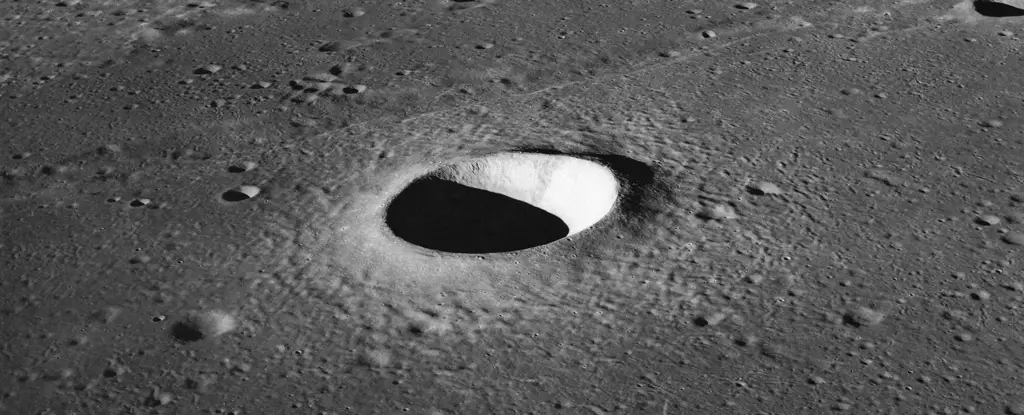The Moon, that serene satellite illuminating our night sky, presents a surface replete with intricate impact craters, each with its own story etched into the dusty lunar landscape. These craters vary dramatically, from tiny pockmarks barely detectable to colossal basins stretching over 1,000 kilometers. They stand as markers of a turbulent past, predominantly birthed during the Late Heavy Bombardment, roughly 4 billion years ago, when a barrage of asteroids and comets relentlessly pounded the inner Solar System. This period serves as a crucial chapter in understanding both the Moon’s history and, indirectly, our own planet’s evolution.
Unlike our dynamic Earth, which continuously reshapes through weathering and tectonic activity, the Moon has remained a relatively unchanged canvas due to its lack of atmosphere and geological turmoil. As a result, the scars left by cosmic events have endured for eons, offering valuable insight into the violent history of our celestial neighborhood. Each crater is not merely a blemish; it is a time capsule preserving the archaic stories of the Solar System’s formation and the violent interactions that shaped its evolution.
Bridging the Gap: Material Exchange Between the Moon and Earth
A fascinating aspect of lunar research is the movement of material between the Moon and Earth. When meteoroids collide with the Moon, they can hurl debris at high velocities, some of which escapes the Moon’s gravitational grasp and embarks on a treacherous journey towards our planet. A significant amount of this ejecta can end up on Earth, providing a tangible link between the two bodies. The implications of such exchanges are profound; they offer a unique perspective on how our neighboring celestial body has influenced Earth across geological time scales.
Recent research efforts spearheaded by a team under Jose Daniel Castro-Cisneros aim to expand our comprehension of this material transfer. Utilizing advanced computer models, the team takes a leap beyond previous work, analyzing particle trajectories over a longer time frame and examining a wider array of conditions. This new approach allows scientists to simulate how lunar debris propagates through space, enhancing our understanding of its potential effects on Earth.
New Insights from Simulation Studies
At the heart of this groundbreaking research lies a sophisticated simulation package known as REBOUND. By rigorously tracking lunar ejecta for up to 100,000 years, the team paints a more nuanced picture of the material exchange between the Moon and Earth. They found that approximately 22.6% of the debris ejected from the Moon makes its way to Earth over this extensive time period, with a staggering half of this reaching our planet within just the first 10,000 years after the initial impact.
The findings carry weighty implications for our understanding of impact phenomena and the interchange of celestial material. The research delineates a power-law relationship between the size of the ejecta and their collision probabilities, suggesting that irrespective of initial conditions, statistical patterns dictate the outcomes. Particularly intriguing is the observation that ejecta launched from the Moon’s trailing side exhibit a higher probability of colliding with Earth, while those from the leading edge have a comparatively lower chance.
Charting the Cosmic Path: Patterns of Impact
An additional aspect of the study reveals crucial patterns about where and when lunar material impacts Earth. Interestingly, these impacts are not randomly distributed; they tend to concentrate near the equator and show a tendency to peak during specific hours. Such insights pave the way for understanding the dynamics of extraterrestrial debris and offer a lens through which we can view our planet’s past.
The revelation that 24% fewer impacts occur at the poles is particularly thought-provoking, signaling that Earth’s equatorial regions bear the brunt of lunar contributions, which could alarmingly affect our ongoing assessments of planetary defense strategies. These patterns help to piece together a more comprehensive picture of impacts on Earth, shedding light on how these celestial events have shaped not just the planet’s surface but also its biological and geological histories.
In grappling with the complex interactions of the Earth-Moon relationship, we unveil more than mere trajectories of rocks in space; we reveal a dynamic narrative that connects our origins to the cosmos. The exploration of these connections can guide us into a future where we better understand our place in the universe and the myriad forces that have sculpted our existence.

